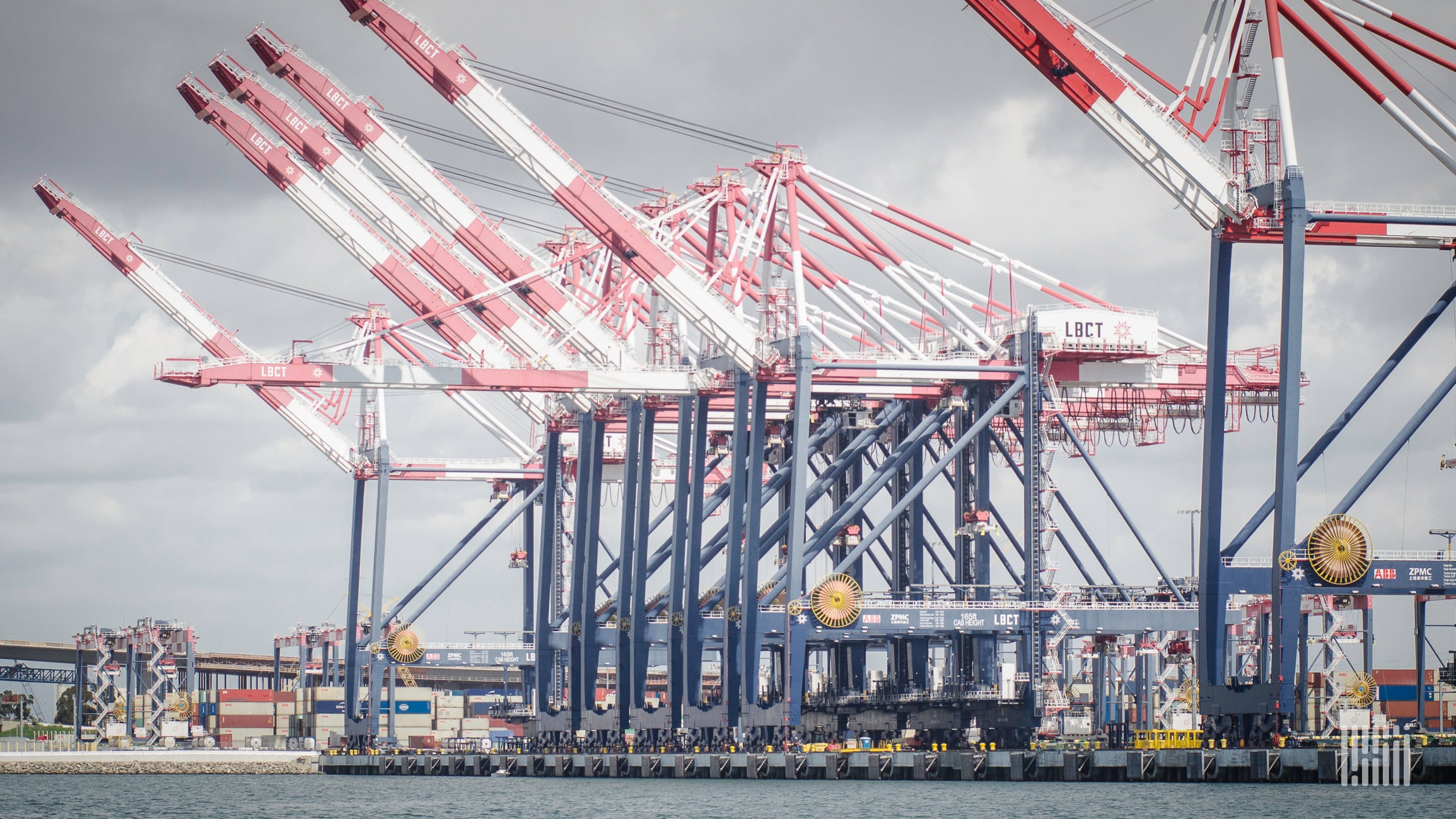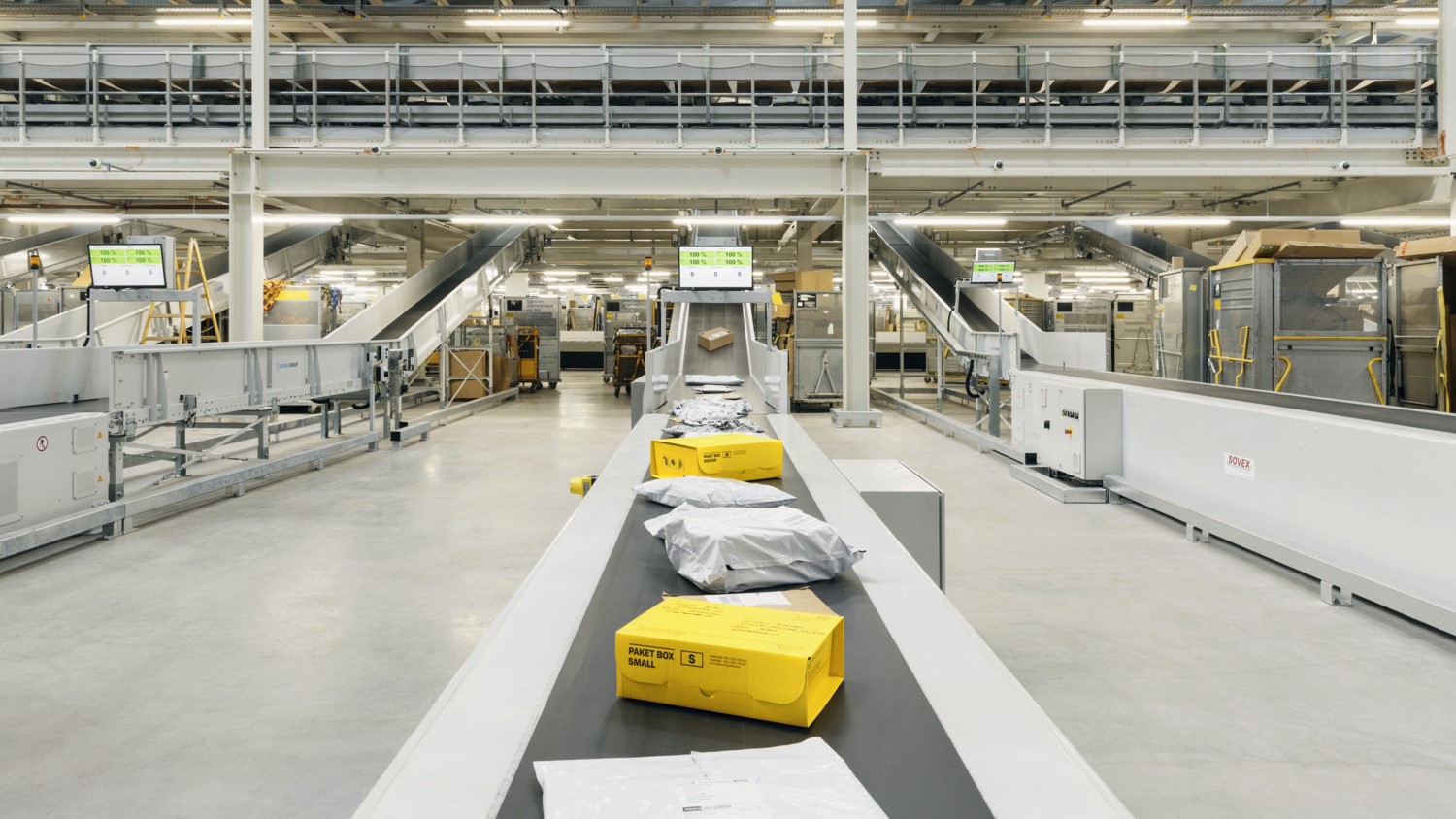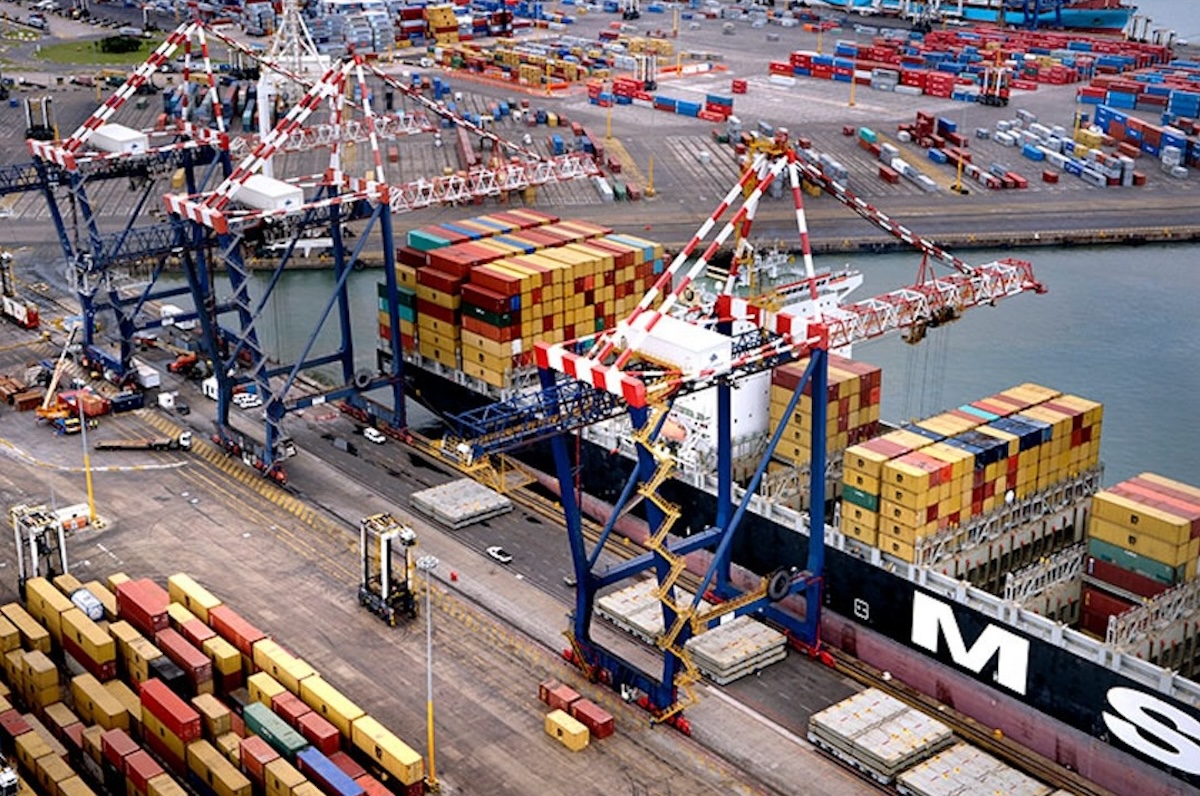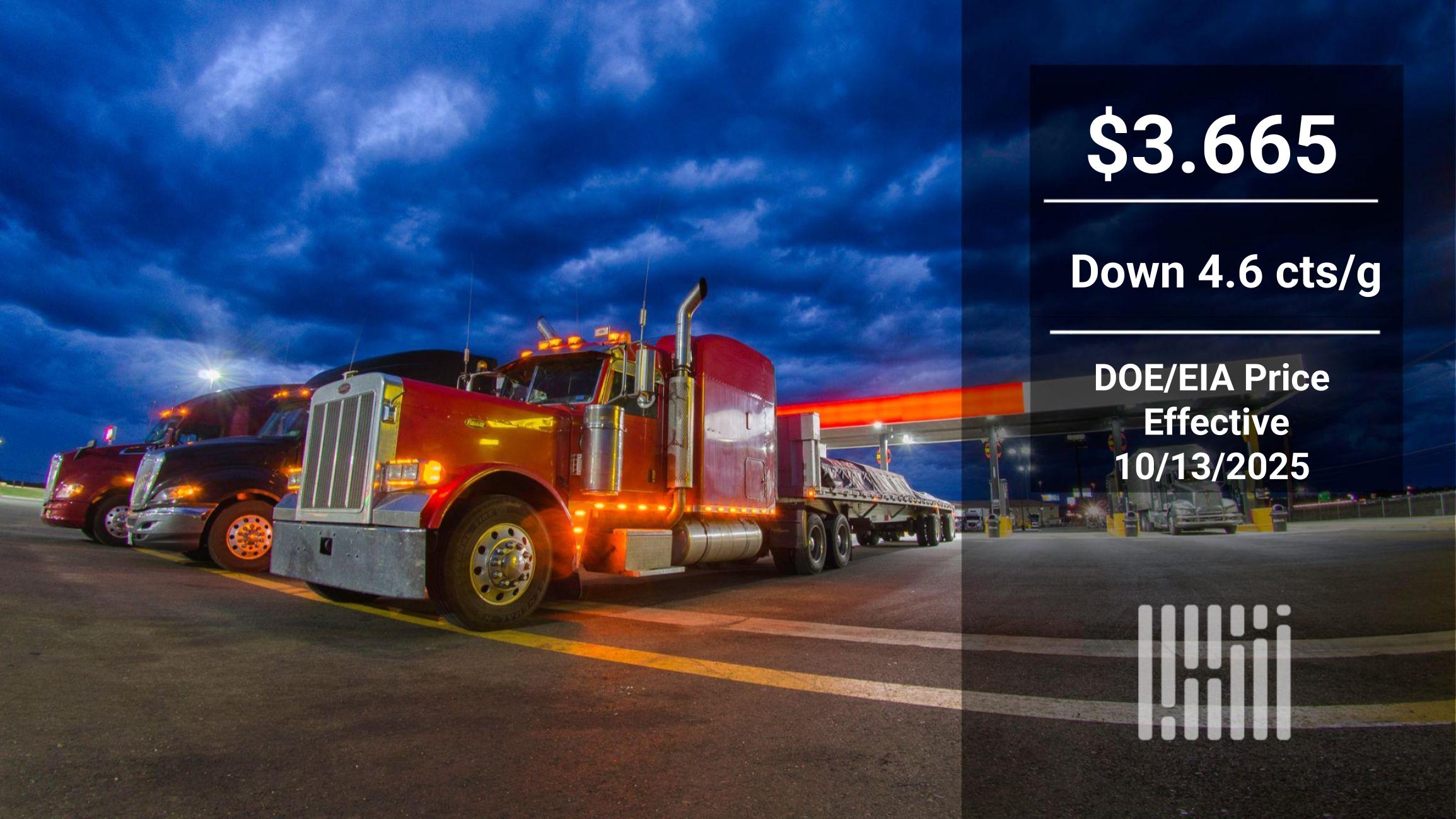Logistics Pulse Newsletter— New Tariffs, Port Innovation, and Signs of Global Resilience
Welcome to Logistics Pulse
This week’s top news in trucking and logistics
Global logistics continues to evolve as policy, technology, and market forces intersect. New U.S. tariffs and port measures are prompting fresh strategies for sourcing, automation, and compliance, while international trade lanes remain active and resilient. Across the industry, shippers are finding ways to adapt—investing in smarter systems, exploring new partnerships, and turning regulation into opportunity. Amid all the change, one thing is clear: freight keeps moving, and the future of logistics is being built in real time.
Top articles this week

Hike brings U.S. tariffs on China container cranes to as much as 270%
The U.S. has introduced tariffs as high as 270% on China-linked port cranes, citing the need to strengthen infrastructure security and diversify sourcing. Ports may face short-term procurement challenges, but the move could accelerate domestic manufacturing and technology investment. Industry observers see this as part of a broader effort to localize critical logistics assets.
Could this shift create new opportunities for U.S. port suppliers and innovators?

De minimis light? Retailers explore postal shipping in new tariff age
As lawmakers review the $800 duty-free threshold, smaller retailers are testing postal shipping models to maintain cost efficiency in cross-border e-commerce. This strategy allows businesses to stay nimble while complying with new trade regulations. Logistics experts say the change could lead to more diversified shipping methods and creative fulfillment solutions.
How might this reshape last-mile networks and open doors for new logistics partnerships?

Despite U.S. decline, global container traffic sets new record
Even with softer U.S. import volumes, global container throughput continues to rise—driven by steady trade in Asia and Europe and stronger carrier discipline. The data shows that supply chains are not contracting but recalibrating, finding new balance amid policy and demand shifts. Carriers’ ability to maintain utilization and service consistency highlights operational agility across markets.
Could this signal a more geographically balanced era for global trade?
In Other News
California Gov. Newsom Vetoes Bill That Would Limit Port Automation
Gov. Newsom vetoed a bill that would have limited automation at California ports, supporting continued innovation and efficiency improvements.
U.S. threatens global shipping over new carbon tax
The U.S. voiced concerns about new EU carbon levies on maritime operators, calling for more coordinated international climate policy.
U.S. ships built in China exempt from new port fees
Certain U.S.-owned vessels constructed in China will be exempt from new port fees, offering targeted relief for carriers and operators.
U.S. supply chain faces another tariff headwind ahead of new port fees
Businesses are adjusting budgets and shipment schedules as the next round of tariffs and port fees take effect this month.
Trump plans fresh China tariffs in response to rare earth export controls
Washington is weighing updates to tariffs and export rules for critical minerals, with potential implications for high-tech manufacturing.
Read more on Supply Chain Dive

Bearish market: diesel prices see biggest two-week fall in months

